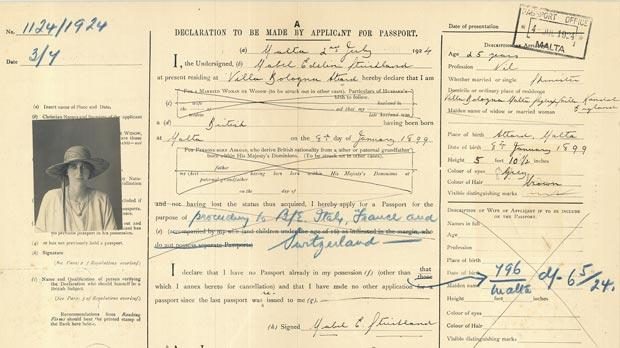Wikidata’s Wikibase installation has been filled almost entirely in massive automated data inputs. That is probably why input forms were not exactly the first priority.
Our database will focus on researchers and regular users whose tasks will call for modules which they can get used to. The historian might sit in an archive with the task to register some 200 documents of a law case. The documents have to be dated, information about authors, the institutions, and addressees has to given on each document. The private user might want to give biographical information about a distant family member with the aim to augment his family’s genealogy. Both are used to input forms. They will never have heard of “triples”, their ideas of “properties” will be inappropriate, they will not be able to use complex Excel-commands in order to prepare an input via QuickStatements.
Requirements
What we need is a technology which enables projects to create their own input forms:
- Research projects must be able to define and modify such input forms – using the properties they have created or found on the database.
- It should be possible to define and explain the particular input field – whether this field calls for an item (with a Q-number), a date or a numeric value etc. Predefined pull down menus will be particularly useful in a lot of cases.
- The ideal input form will give indications whether an item is already in the database by auto-completion and through suggestions.
- The tool should be able to create database items with new Q-numbers on a first input.
- It must be possible to return to a form and an item of interest once fresh information can be added so that bigger teams or a crowd can work in successive sessions on the same items. The Q-number could be the entry point.
- We should be able to nest forms, that is to include specific modularised forms in a bigger form: A biographical input will open with basic questions and it will then offer specific modules on the genealogy, places the person has lived and visited, education, degrees, memberships or works. A membership module for the Illuminati will differ from a membership module for the British House of Commons since being a member will raise altogether different questions in either case. The option of specific modules is necessary since we might get rare but complex options of interest to specialists only and since we should be able to duplicate entire modules: If a person is employed by different companies we get the same questions open again: From when to when? Which company? Where stationed? What position? What salary?
Use cases
Biographies will be the most interesting test field. Most users will have augmented their own CVs with biographical information more than once in their lives.
The document description will be the most interesting input form for historians to use – and a use case of its own practical value. We would test here the use of the database at the entry point where knowledge is produced with a tool that should be more handy than the usual individual word files which researchers are using for excerpts and random bits of information. The FactGrid document description could be used by archives in turn to gain the metadata users usually generate for their own purposes.
Status
Erfurt University funded a prototype development (see: https://database.factgrid.de/wiki/Web_Forms). We became able to generate input forms on the platform, smoothly using any properties a research team would gather on a specific module. It turned out to be more difficult to access such a form again at a later stage (as described in requirement 5 above).
Published also here: https://www.wikidata.org/wiki/Wikidata:FactGrid/Needed_thing_No._1:_The_technical_solution_that_enables_researchers_to_create_input_forms

